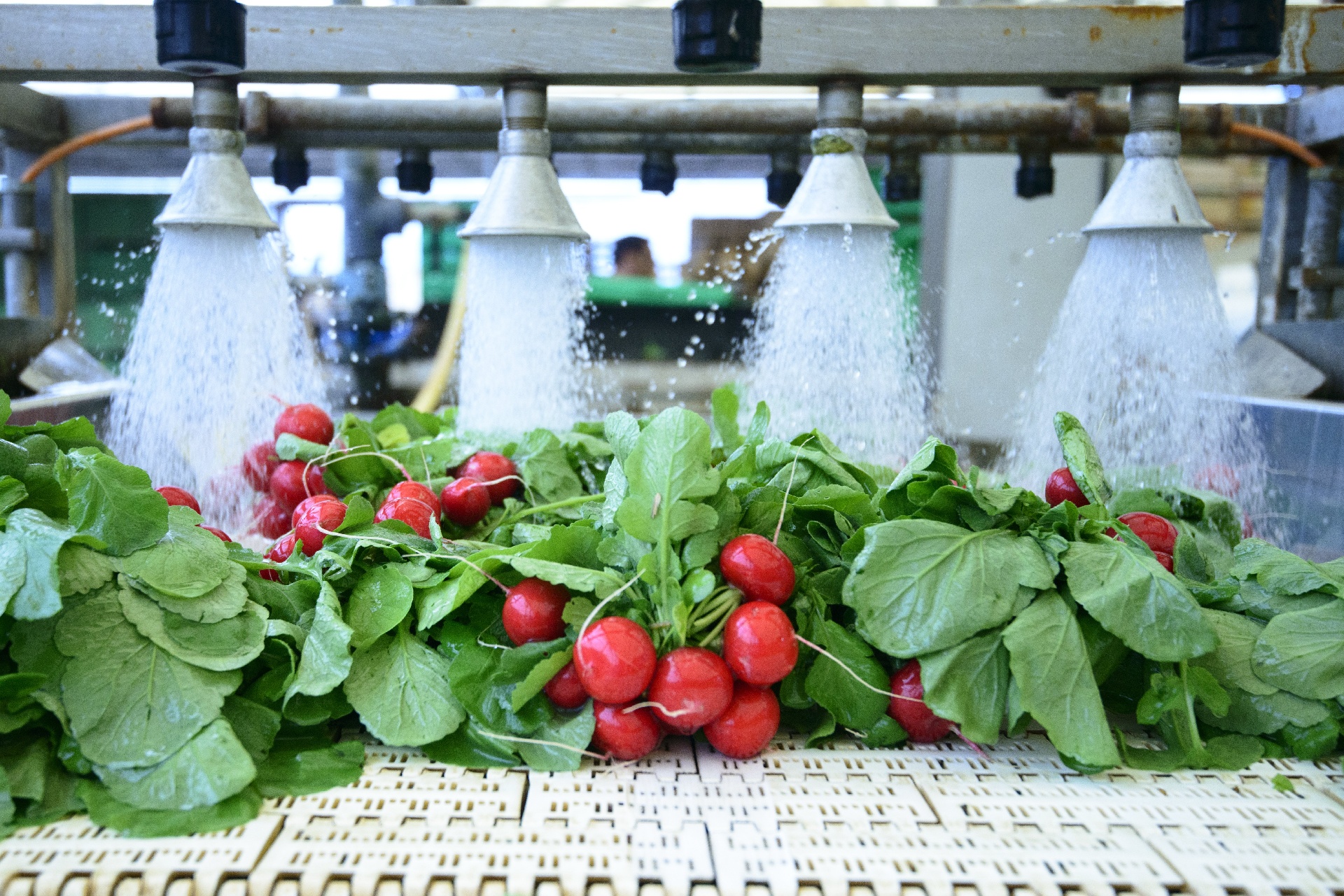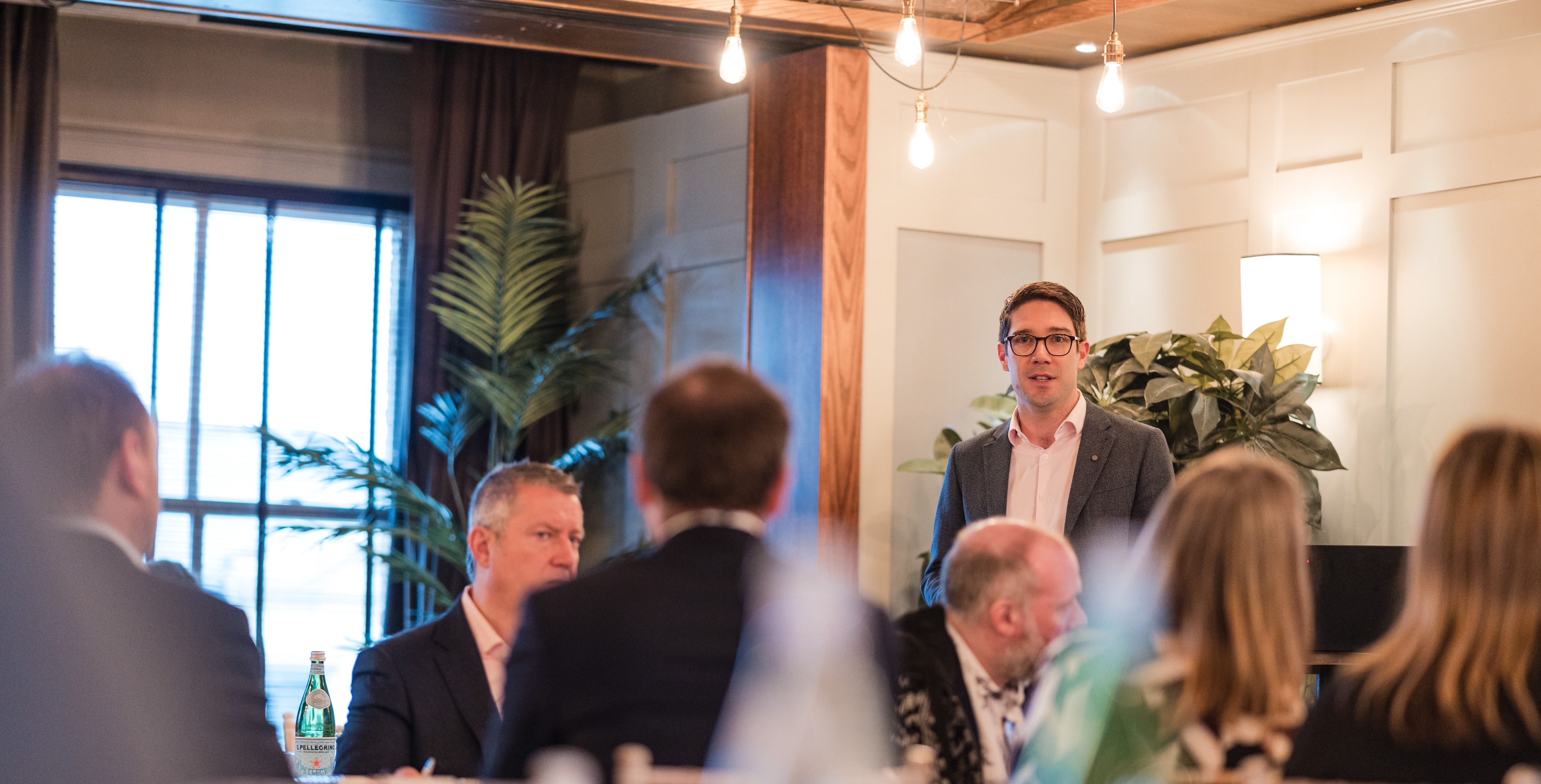Manufacturers are in a Catch-22 situation.
To survive and thrive beyond the ‘permacrisis’, they know they must invest in automation, technology and data. But thanks to that same ‘permacrisis’, their capacity to make investment decisions is at an all-time low.
Long-term strategy, investment and systems development have taken a back seat in favour of maintaining service levels. At the same time, capital is scarce and extended payment terms are putting growing pressure on cash flow. For many, concerns about re-financing are also running high. No wonder inertia is rife.
“We know there’s things we need to invest in and at the same time we know we’re bleeding profit,” one supply chain leader told IGD. Another said: “The cost of capital is going up, with slow growth and falling margins. We need more confidence to be able to invest in productivity initiatives.”
Cost is just one barrier to investment. Supply chain leaders say they also worry about their ability to identify and implement the right technologies at a time when market conditions and consumer demand patterns are in flux. Knowing where to place bets and invest has never been harder. As one respondent to our IGD study put it: “We’re reticent to automate when we’re unsure what we will need in a year’s time.”
However, failure to invest can come at a high cost. FMCG manufacturers say they are increasingly hamstrung by disjointed supply chain processes and an over-reliance on people. “We are far too spreadsheet-driven,” one told IGD. “It’s really scary. There’s a lot of risk.”
With global uncertainty not going away, parking investment until the ‘permacrisis’ is over is not an option. Manufacturers must find the courage to invest in the face of uncertainty – but do so prudently and with discipline.
Here’s our advice on how to get it right.
Start by improving without Capex
Clearly, some Capex is essential for basic maintenance and to replace pieces of kit that have reached the end of their life. Getting buy-in for that kind of Capex is rarely an issue – even in the current climate – and should be treated separately.
Investment in continuous improvement or stepping on is a different matter. With budgets under scrutiny, supply chain leaders first need to show they have done everything possible without Capex. The c-suite will want to see evidence that all existing avenues have been explored.
Start by improving the current system to pave the way for effective Capex spend. As we set out in a previous blog on improving profitability, this should include rigorous analysis to establish the true cost of goods and measuring everything back from perfect. Right now, more than ever, you need to demonstrate you’ve done your homework and found potential cost-savings before proposing investment.
It’s also important to show you’ve thought through the full impact of any operational changes or new pieces of equipment, and anticipated potential unintended consequences. What makes sense on paper doesn’t necessarily make sense on the factory floor. We come across far too many manufacturers who, with the best of intentions, blow Capex on things that ultimately make them less resilient and less profitable.
For example, a fresh manufacturer we worked with wanted to put their entire production process in line. Under the new system, they would have had uncooked product going through multiple coupled processes, continuing through an oven and then straight into a packing machine. The efficiency gains looked enticing – but if any one of those machines had stopped, the whole line would have ground to a halt. Once the true impact of the proposed changes became apparent, it was clear this manufacturer was better off focusing on overcoming the inefficiencies of their existing flow rather than splashing out on new kit.
Seek specialist advice for automation projects
We also see a lot of poor investment decisions being made around automation. In light of labour shortages and increases in the cost of labour, automation is understandably high on manufacturers’ agendas right now. Indeed, it was one of the top themes to emerge from our research with IGD.
But not all automation is good automation. Rushing to buy something off the shelf is a common pitfall. Lots of manufacturers end up automating what is easy to buy, not necessarily what is right for them.
If there is no machine on the market that can do what you need, don’t spend Capex on automating something less impactful just because it’s an easy buy. Work with the equipment supplier to see if you can solve the actual problem that needs solving.
This is precisely what we did with one of our clients from the food-to-go sector. Instead of taking a market-led approach to automation, we helped them create a programme of ‘engineering excellence’ to support an opportunity-led approach. This meant eschewing ‘off the shelf’ solutions and partnering with SMEs to design novel robotics that automated the tasks with the highest labour spend across their factory.
Strong project discipline and robust cost analysis at the start of a project are also essential. Without a nuanced understanding of operations and manufacturing processes, you can make bad investment decisions very quickly.
For example, one bakery client we worked with had over £40m of Capex planned to reinvigorate a 100-year-old factory. Critiquing the plans and spec, with a better understanding of the true limiting factors of the factory, led to a £16m reduction in planned Capex spend.
"
Start by improving the current system to pave the way for effective Capex spend.
"
Work cross-functionally from the outset
Lastly, to overcome investment inertia, good processes and people management are critical.
Investment projects typically have only one or two owners until right to the end. This can create bottlenecks and delay signoff, often for political reasons. People might be tempted to throw their weight around and slow things down at the last hurdle, simply because they are frustrated they weren’t asked to be involved at an earlier stage.
To avoid this, we recommend opening up the process to a wider range of functions – technical, financial, commercial, manufacturing, supply chain – early on in the triage process. You’re likely to get better ideas that way, too.
Also make sure you talk to your customers. Before embarking on a major investment, it’s important to have an open dialogue with retailers about future demand so you can invest with confidence.
Finally, a sense-check from someone independent can make a big difference. All too often people compare the current real-world situation with an idealised view of the new capital solution. In the process, they forecast speed and efficiencies to be way higher than is realistic. This often happens by accident, but is then not robustly challenged if the numbers stack up.
Including someone external in the process – somebody who doesn’t want the answer to be ‘yes’ – means investment is easier to get over the line with the board, and you can be more confident it’s the right thing to do.
These are just some of the principles we apply when working with supply chain leaders to unlock profitability. We’ll be sharing more of our approach, and diving into more of the findings of our IGD research, in upcoming blogs as well as a whitepaper. To find out how Newton can help you rise to the profitability challenge or learn more about our fee guarantee, contact us at john.darcy@newtoneurope.com or james.watson@newtoneurope.com
Manufacturing
How supply chain leaders can rise to the profitability challenge
The combined effects of Brexit, Covid, the Ukraine war and soaring inflation have left supply chains under unprecedented strain. Relationships between retailers and suppliers are particularly challenged. Margins are being squeezed like never before.
Retail
The search for profitability - perspectives from food & drink industry leaders
In November, Newton partnered with IGD on the Industry Leaders forum where over 30 senior food and drink leaders came together to discuss research undertaken by Solutions from IGD for Newton on - The search for profitability: unlocking hidden opportunities in the supply chain.
Manufacturing
Why FMCG leaders now see planning and forecasting as central to profitability
When IGD recently interviewed FMCG manufacturers for our profitability study, the message couldn’t have been clearer: industry leaders say they now view planning and forecasting as central to their quest for profitability.








